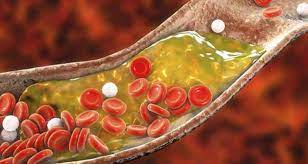Foods that are suitable for people with cancer, tumors or malignan problems.
.jpg)
Foods that are suitable for people with cancer, tumors, or malignant problems. Food : Everything that is eaten must be raw, or only 10% steamed, nothing stewed. Many sprouts are recommended, mainly alfalfa, sunflower, wheat, and soybeans. All green leaves (vegetables). Liquid chlorophyll, alfalfa tablets, seaweed, wheat bran, wheat germ, vitalizing broth, brewer's yeast. Juices and/or smoothies of green leaves. Fruits: Pineapple, grapes, apples. Avoid eating: Milk, cheese, eggs, rice, chickpeas, broad beans, lentils, beans, almonds, walnuts, peanuts, sunflower, flour, bread, and cookies. Good health everyone. Presentation; Jesus Mendez Iridologist For 20 years I have served in my Amara community as a Therapist certified by the SEP integrating my services and therapies; approach to diagnosis with Iridology, Immediate Relief of Pain, stress, an
.jpg)



.jpg)